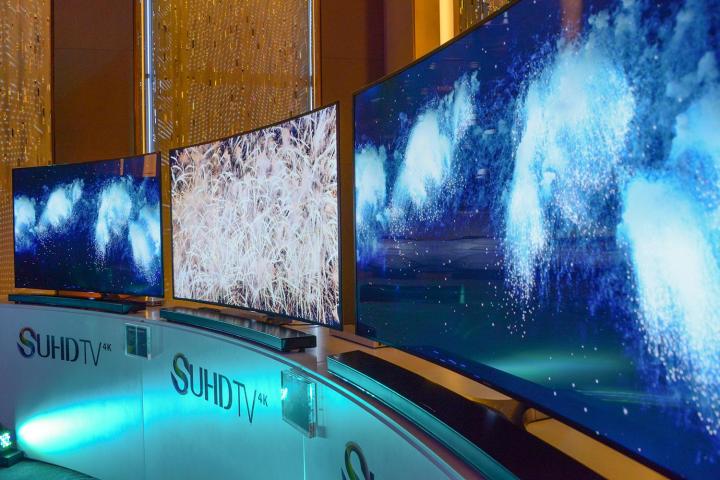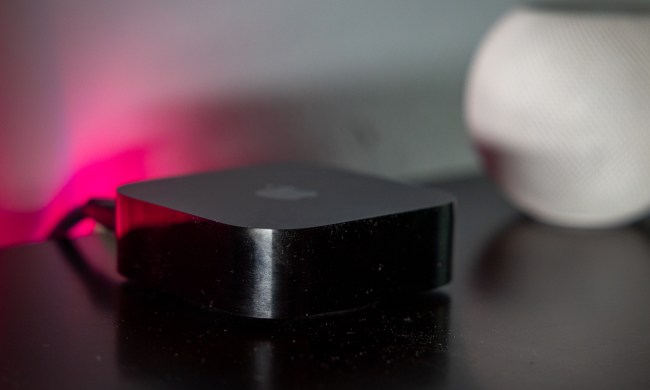
“4K Ultra HDs make up nearly 50 percent of all TV set sales,” Shapiro announced at a meeting in San Francisco on Monday. “And of course, just about every TV over 50 inches now is 4K Ultra HD.”
4K first migrated from cinemas to consumer living rooms in 2012, but with prices around $25,000 for hardware like Sony’s first 4K TV and few movies to even watch, mainstream adoption seemed a long way off. It arrived quicker than anticipated, says Shapiro.
“Some compare the shift to 4K to the shift to HD, but this transition is actually faster and more robust than the switch to HD.” According to Shapiro, the numbers tell the story: “At year four of the transition to HD, we only sold 2.9 million units. But now, [with
Credit lower prices. According to the CTA, the average 4K TV sold for $1,048 in 2014, compared to $861 in 2016. LG’s majestic G6 will still cost you a cool $8,000, but on the other end, a consumer walking into Best Buy today can walk out with a 43-inch Insignia
The content question still looms: What can you watch? But for once, the industry has answers. All of Netflix’s original series are available in 4K, and Amazon Video has followed suit with its own
4K Ultra HD Blu-ray players have finally arrived in force as well, offering high resolution without the compression. According to Amy Jo Smith of the Digital Entertainment Group, a trade group comprised of both TV manufacturers and content producers, the industry has sold more than 700,000
While 4K made major progress in the first half of 2016, the real test remains ahead in the fourth quarter, when the CTA expects consumers to sop up


